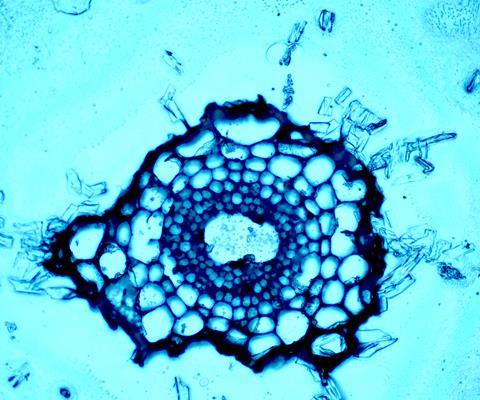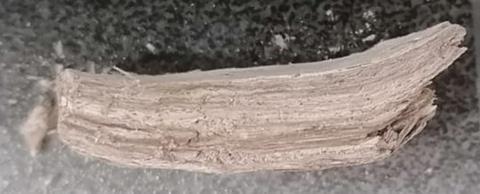A new £750,000 facility housing ‘state-of-the-art’ microscopes and spectrometers has been opened in Oxfordshire by the government’s chief scientific adviser, Dame Angela McLean.
The UK Centre for Multimodal Correlative Microscopy and Spectroscopy (CoreMIS) offers users access to electron microscopy, fluorescent microscopy, Raman spectroscopy and x-ray techniques that can be combined for detailed analysis of samples within a single instrument.

According to a press release from the UK Centre for Ecology and Hydrology (UKCEH) in Oxfordshire, where CoreMIS is located, the facility ‘will revolutionise UK research into tiny chemical and natural particles as small as one-eightieth of the width of a human hair and provide vital information about their impact on the environment and human health’.
‘This is the first time that environmental researchers have had access to a single facility in the UK that is dedicated to analysis of environmental samples where the various instruments can be targeted at the same sample, and to look inside cells to map distributions of both elements and chemicals,’ said Gbotemi Adediran, an emerging contaminants scientist at UKCEH.
The facility has already given scientists the opportunity to analyse a 2000-year-old reed mat found at Pompeii, to investigate why it survived the disaster and whether its chemical composition can provide information on how to make materials more durable to reduce waste and pollution.

CoreMIS, which is funded by the Natural Environment Research Council, will be available to all scientists from the UK and partners around the world to use.

















No comments yet